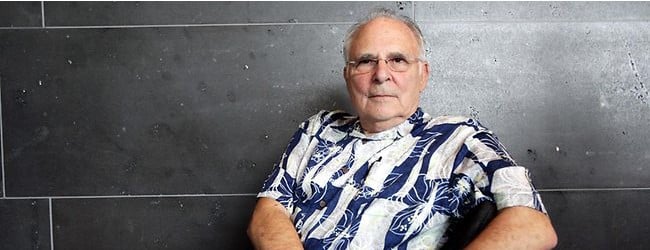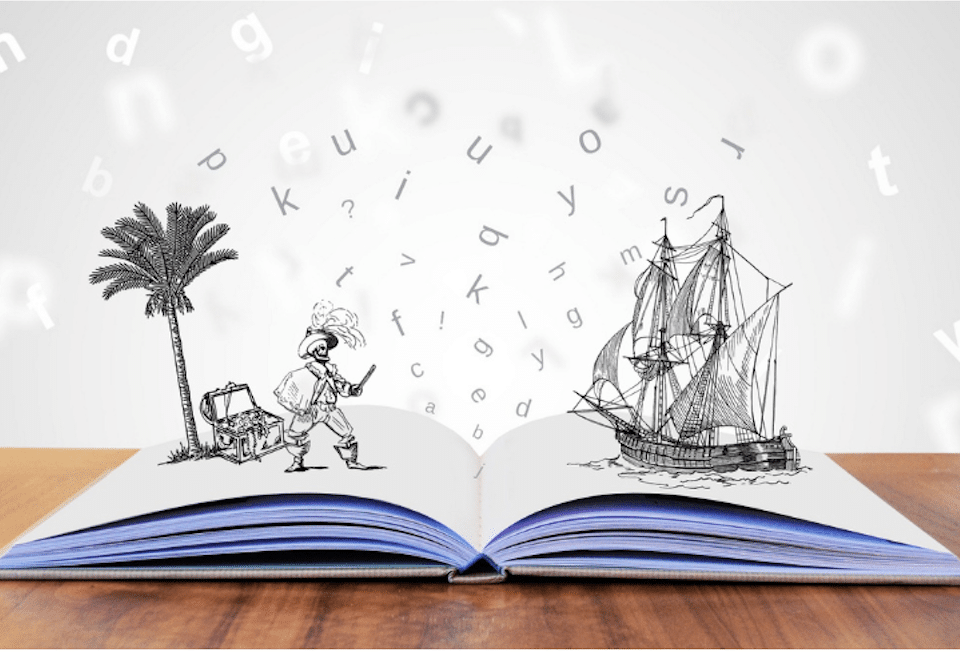
EMPOWERMENT: growth towards success
25 May 2015
CONCEALED EMOTIONS
25 September 2015Conversing with Paul Ekman – The 43 facial muscles that reveal even the most feeling emotions

Translation of the article by Judy Foreman, “A CONVERSATION WITH: PAUL EKMAN” – THE 43 FACIAL MUSCLES THAT REVEAL EVEN THE MOST FLEETING EMOTIONS, published on 5 August 2003 – The New York Times
Paul Ekman, professor of psychology, who has become the world’s most famous “Face Reader”, is in great demand these days.
The Dalai Lama and Prof. Ekman, who have met twice, have found a strong synergy in the way they look at human emotions: this convergence of views led the Dalai Lama to fund Prof. Ekman with $50,000 as start-up capital to enable him to study and improve emotional balance in teachers and other risk-prone people who have jobs in high-stress, high-pressure workplaces.
The FBI, CIA and international law enforcement agencies have turned to Dr. Ekman to learn how to read the subtle indicators of emotion – in the face, voice and body language – in potential murderers, terrorists or people deemed suspicious during airport screening.
All over the world, more than 500 people – including neurologists, psychiatrists and psychologists – have learnt a
Dr. Ekman’s research tool called FACS, or Facial Action Coding System, which allows them to decipher which of the 43 muscles of the face are working at any given moment, even when an emotion is so fleeting that the person experiencing it may not be aware of it.
This detailed knowledge of facial expressions has earned Dr. Ekman the role of scientific advisor in animated films edited by Pixar and Industrial Light & Magic, and for them and with them he has built a database of digitised facial expressions, thanks to which the viewer feels immediately involved and experiences their emotions with the characters. And this, together with the progress of animation technologies, makes the spectators’ cinema experience more and more extraordinary, unique.
Based at the University of California Medical School in San Francisco, Dr. Ekman gave us a phone interview.
INTERVIEWER: Why and when did you decide to become a psychologist?
DR. EKMAN: My mother, who I now believe had bipolar disorder, committed suicide when I was 14 years old, so I decided to study psychology and people like her, trying to understand emotional disorders.
Interviewer:
I became a psychologist.
INTERVIEWER: What made you decide to focus your studies on the face? Isn’t the voice just as revealing?
DR. EKMAN: The voice is absolutely just as revealing. But I was a photographer, I had started at the age of 12, so I was able to use this skill in my face studies as well.
INTERVIEWER: What are the basic human emotions?
DR. EKMAN: There are seven emotions that are universally represented in the same way in all peoples of the world, which are clearly distinguishable: anger, sadness, fear, surprise, disgust, contempt and happiness.
Interviewer: What are the basic human emotions?
INTERVIEWER: Isn’t love a basic human feeling?
DR. EKMAN: Romantic and parental love are more enduring than emotions, although they are also emotionally charged. I don’t just feel happy with my daughter. Sometimes I feel worried, sometimes I am surprised, and sometimes I might feel angry. This is an attachment, not a fleeting emotional state. An emotional state, by the way, is still different from emotions. It lasts less than an attachment, although it can sometimes last for a few hours or even longer.
INTERVIEWER: More than 100 years ago Charles Darwin speculated that human facial expressions might be universal. Anthropologists such as Margaret Mead thought the opposite. What do you think?
DR. EKMAN: Initially, in 1965, I thought Margaret Mead was probably right. But I decided to get the objective evidence that would allow me to resolve that diatribe. I showed pictures of facial expressions in the United States, Japan, Argentina, Chile and Brazil and found that people judged expressions in the same way, regardless of where they came from. But this was not exhaustive for me, because all these people could have learnt the meaning of such expressions by watching Charlie Chaplin and John Wayne. I needed people isolated from the media, not exposed to the modern civilised world. I found them in the highlands of Papua New Guinea. They not only judged expressions in the same way, but their displayed expressions, which I recorded with a camera, were easily recognisable by people in the West.
INTERVIEWER: One of your most interesting discoveries is the one inherent in the fact that if a person assumes a certain expression on his face, he can actually feel the corresponding emotion. In other words, emotions work from the outside in to the inside out. Is the assumption of a happy face really enough to feel happiness?
DR. EKMAN: In a very limited way, yes. The problem with happiness is that while everyone can smile, most people cannot move a fundamental muscle around the eyes that must be activated to generate the physiology of happiness. With anger or disgust, on the other hand, everyone can very easily make the right facial movements, and thus access the physical sensations related to those emotions.
INTERVIEWER: If I had Botox injections all over my face and couldn’t make normal expressions, could my emotions be dampened because of this?
DR. EKMAN: Probably not. I did a study with Robert Levenson, professor of psychology at the University of California at Berkeley, on people who were born with facial palsy. We found no impairment in their ability to recognise or feel emotions. However, there is a problem with Botox. It restricts spontaneous facial motility and can therefore make people less attractive.
INTERVIEWER: People lie with their face all the time, don’t they? You’re doing a study called the Diogenes Project with Maureen O’Sullivan, a psychologist at the University of San Francisco, to see how some people, less than 1% of the population, are exceptionally good at using facial expressions, vocal cues, body language and the words of others to recognise liars. How do they do it?
DR. EKMAN: Most importantly, they are highly motivated, careful observers who, without any special training, are naturally able to detect subtle hints of hidden emotions, the micro-expressions. These are very fast intense expressions of hidden emotions, which most people let slip by because they usually last less than a quarter of a second.
INTERVIEWER: Are there certain professional categories that are particularly good at recognising truth from lies from facial expressions in others?
DR. EKMAN: Yes, the Secret Service. Many of the agents we studied were accurate 80 per cent of the time in distinguishing between truth and lies.
DR.
INTERVIEWER: How do psychiatrists detect liars?
DR. EKMAN: They are actually no better than their freshman colleagues. They come close to pulling the wool over their eyes.
INTERVIEWER: So how do you tell a fake smile from a real one?
DR. EKMAN: In a fake smile, only the zygomatic major muscle, which runs from the cheekbone towards the corner of the lips, moves. In a real smile, the eyebrows and the skin between the upper eyelids and the eyebrows descend slightly. The muscle in question is the orbicularis oculi, pars lateralis.
.
INTERVIEWER: Can ordinary people also learn to distinguish real from fake expressions?
DR. EKMAN: To my surprise, people can learn to do this in less than an hour. I developed software that teaches people how to do it quickly. I thought it would take much longer.
INTERVIEWER: You met the Dalai Lama three years ago in Dharamsala, India. How was it?
DR. EKMAN: It was extraordinary. My daughter led me to him. When she was 16, she went to Nepal and lived in a Tibetan refugee camp. She came back to the USA with her spirits soaring and started a high school Free Tibet club. When I heard there was going to be a meeting between the Dalai Lama and some Western scientists to talk about emotions, I volunteered so I could take my daughter there. Until then, I had had no interest in Buddhism.
INTERVIEWER: How did this meeting with the Dalai Lama change your life or your perspective on emotions?
DR. EKMAN: First, I started studying Buddhist monks in my workshop. Also, I was halfway through writing ‘Emotion Revealed’ when I met him. As a result of that, I had to rewrite it from scratch. I refined my notions thanks to new information derived from Buddhist practices. Crucial to how we feel is being aware of how we feel in the present moment. First, the sine qua non is to realise that we are experiencing an emotion. The sooner we recognise an emotion, the sooner we can begin to deal with it.
In Buddhist terms, it is recognising the spark before it becomes a flame. In Western terms, it is trying to increase the gap between impulse and saying or doing something you might regret.


